A new exhibition explores Spanish cinema through its female anti-heroes
‘Resolución’ is a new exhibit at MoMu: a three-channel audiovisual installation that catalogues a series of transformative moments in Spanish cinema through costume
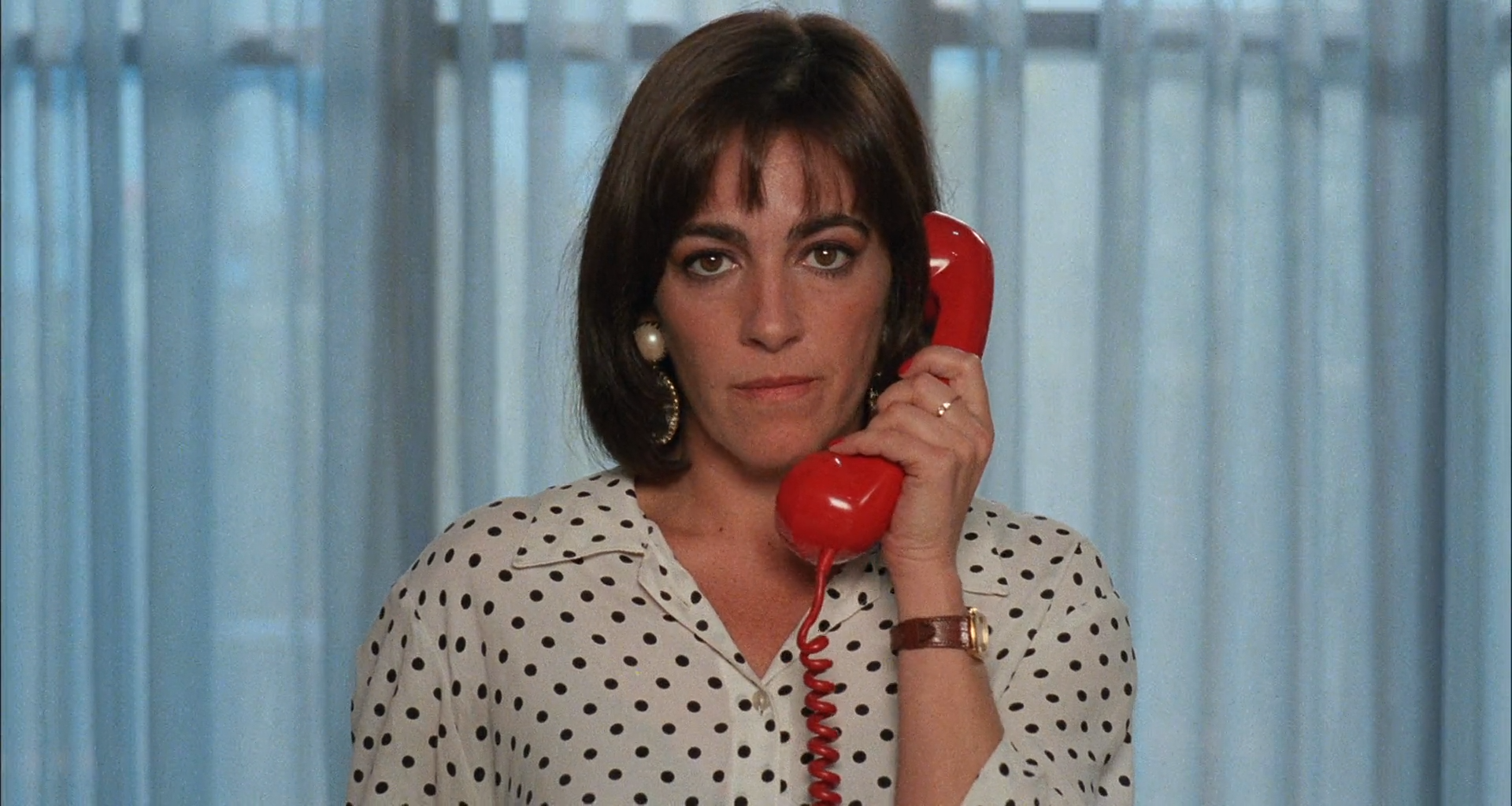
In her 2023 essay ‘El tiempo de la promesa’ (‘The Time of the Promise’), Catalan philosopher Marina Garcés considers how contemporary society has become largely fearful of the commitment involved in promise-making. ‘Promises,’ as film programmers Beatriz Navas Valdés and Natalia Marín Sancho note, ‘understood as gestures that allow us to reclaim both the present and the future.’ The work, coupled with the question of what primarily defines being an adult, has subsequently informed their new exhibit at MoMu in Antwerp: a three-channel audiovisual installation that catalogues a series of transformative moments in Spanish cinema, highlighting the role of costume and styling in reflecting pivotal scenes in women’s on screen lives.
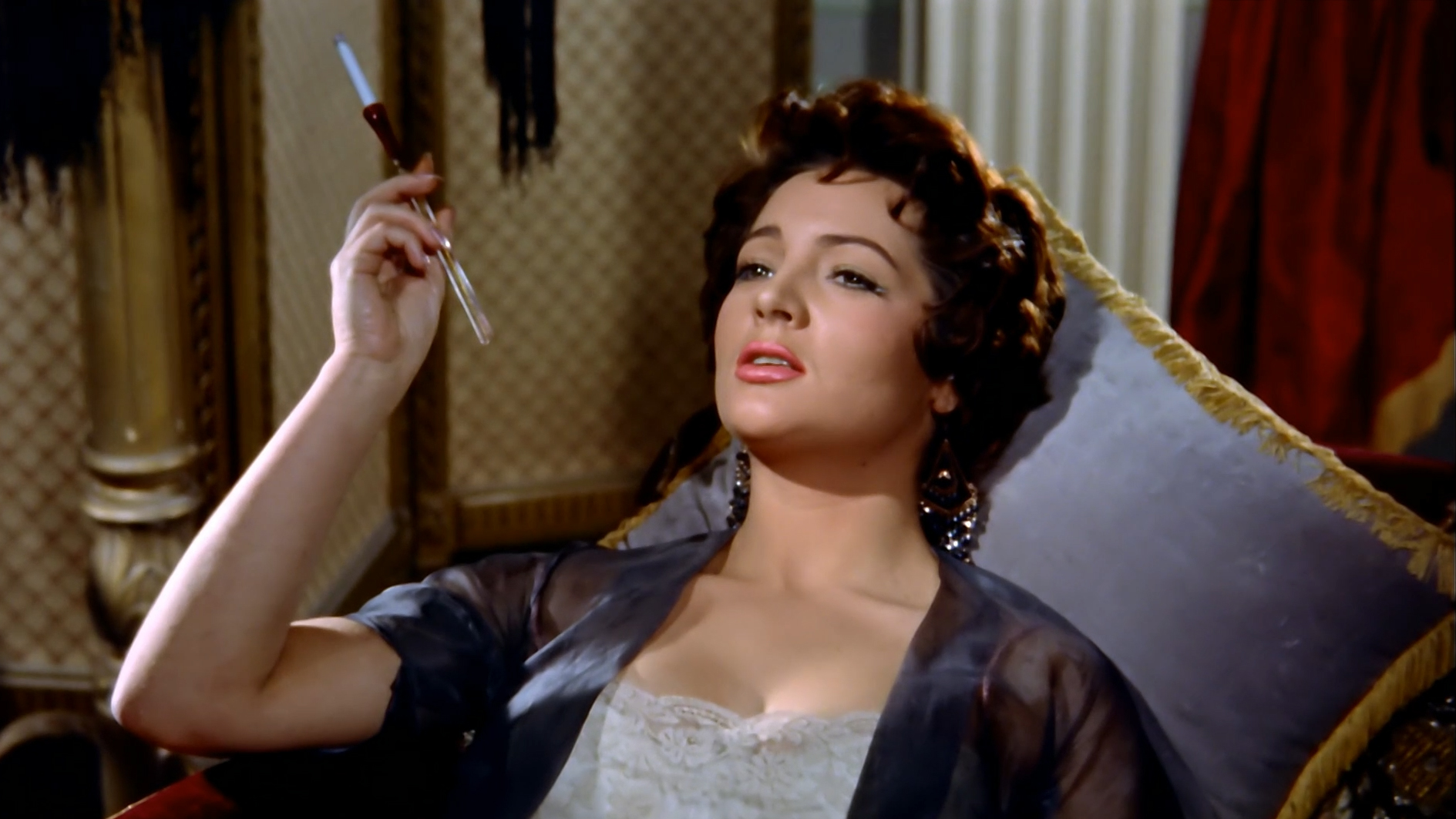
Still from Elisa, vida mía, 1977, directed by Carlos Sauro, © Carlos Sauro
Titled ‘Resolución’, a feminine word in Spanish meaning ‘something that is decided’ (a resolution), the piece was commissioned in conjunction with EUROPALIA ESPAÑA and features 108 actresses in total, in clips pulled from some 98 films made by 65 directors over nine decades; the teenage Penélope Cruz, in her red mini dress and espadrilles, from 1992’s Jamón, Jamón appears, likewise the protagonist of Cecilia Bartolome’s 1978 divorce-road trip feature, Vámonos, Bárbara. ‘‘Resolución’ explores a defining experience of adulthood: the moment of making decisions and taking charge for them, delving into the history of Spanish cinema in search of this emotional atmosphere across the decades, to trace how filmmakers and costume designers chose to dress women at these key crossroads,’ outline the curators.
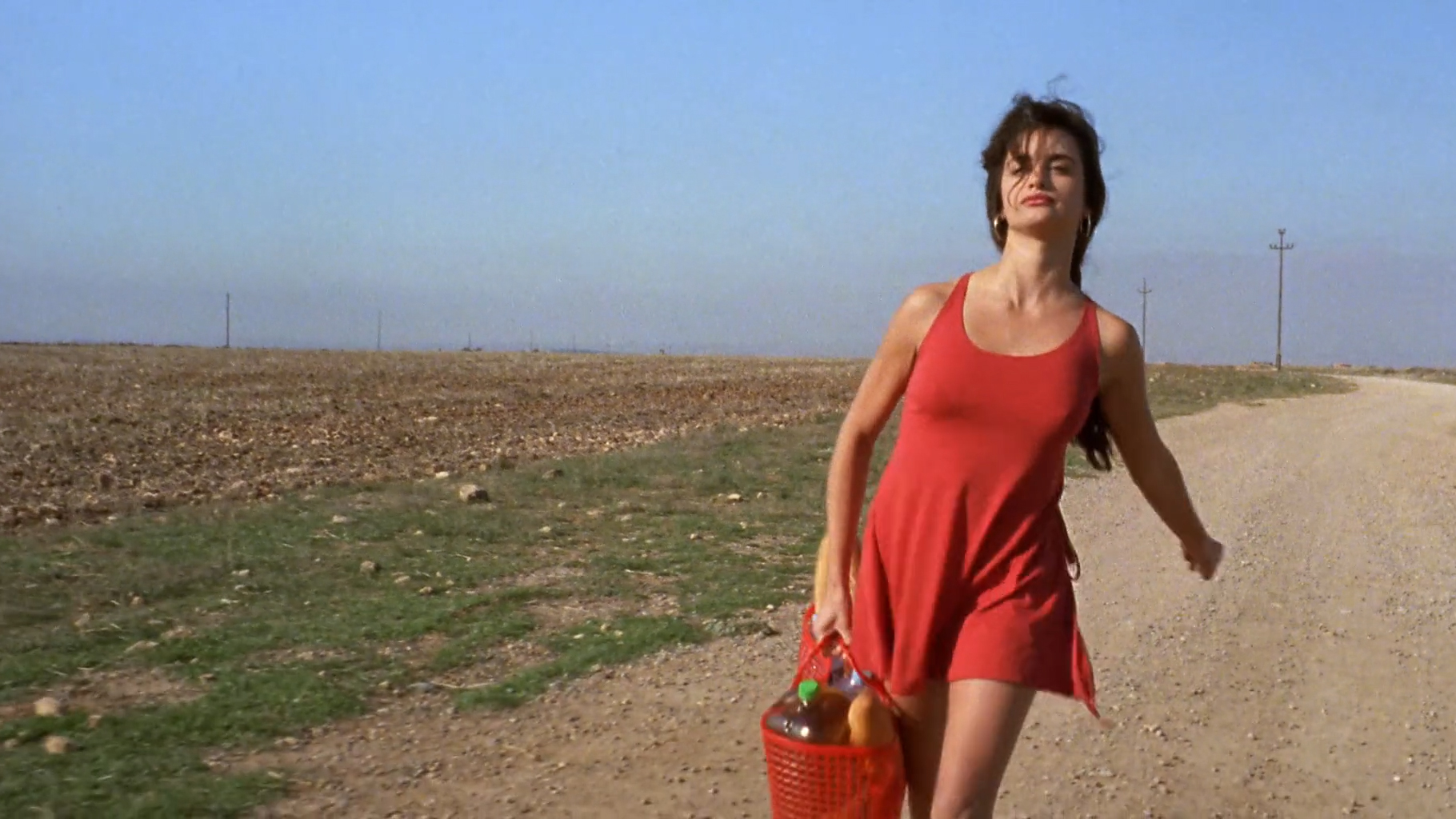
Still from Jamón, Jamón, 1992, directed by Bigas Luna, © Bigas Luna
‘Who could forget Carmen Maura burning a mattress to break with everything and leave behind that toxic relationship? If you're Spanish, these images live in your DNA,’ they continue, recalling an image from Pedro Almodóvar’s 1988 breakthrough picture, Women on the Verge of a Nervous Breakdown. In the scene Maura’s Pepa, recently abandoned by her lover, wears just a bright red and white floral shirt, later swapped out for a suit jacket in the same shade. ‘Red evokes passion, vengeance, and blood. Cinematically speaking, no one has portrayed passion, jealousy, and vengeance like Almodóvar has, and he’s done so with a lightness and humour that is uniquely his,’ offer Navas Valdés and Marín Sancho, addressing the central role colour performs on screen.
‘Blue, especially denim, becomes a symbol of freedom in films by female directors from the 1970s. Purple, historically linked to feminism, is also the iconic colour of Spain’s “fantaterror” genre, filled with ghosts, witches, and demonic women who defy norms and channel untamed power. Red is omnipresent in his [Almodóvar’s] melodramas, but other iconic filmmakers also use it powerfully, like Vicente Aranda or Bigas Luna, especially in the unmistakable palette of Jamón, Jamón. And a new generation continues that legacy – Andrea Jaurrieta for instance, in her 2024 revenge story Nina.’
While the performances of actresses like Cruz, Maura, Victoria Abril, Sara Montiel and Aurora Bautista are the nucleus of the exhibit – highlighting how movies have mirrored the changing reality for women in Spain over the past century – Navas Valdés and Marín Sancho observe that cinema additionally, ‘captures how fashion “behaves” over time, how it’s worn, how it moves on the body, and how it interacts with narrative.’ As the Spanish costume designer Sonia Grande – a collaborator of Almodóvar’s for more than 20 years – told GQ in 2021, ‘Fashion [on screen] has to surprise and fall in love and tell things.’
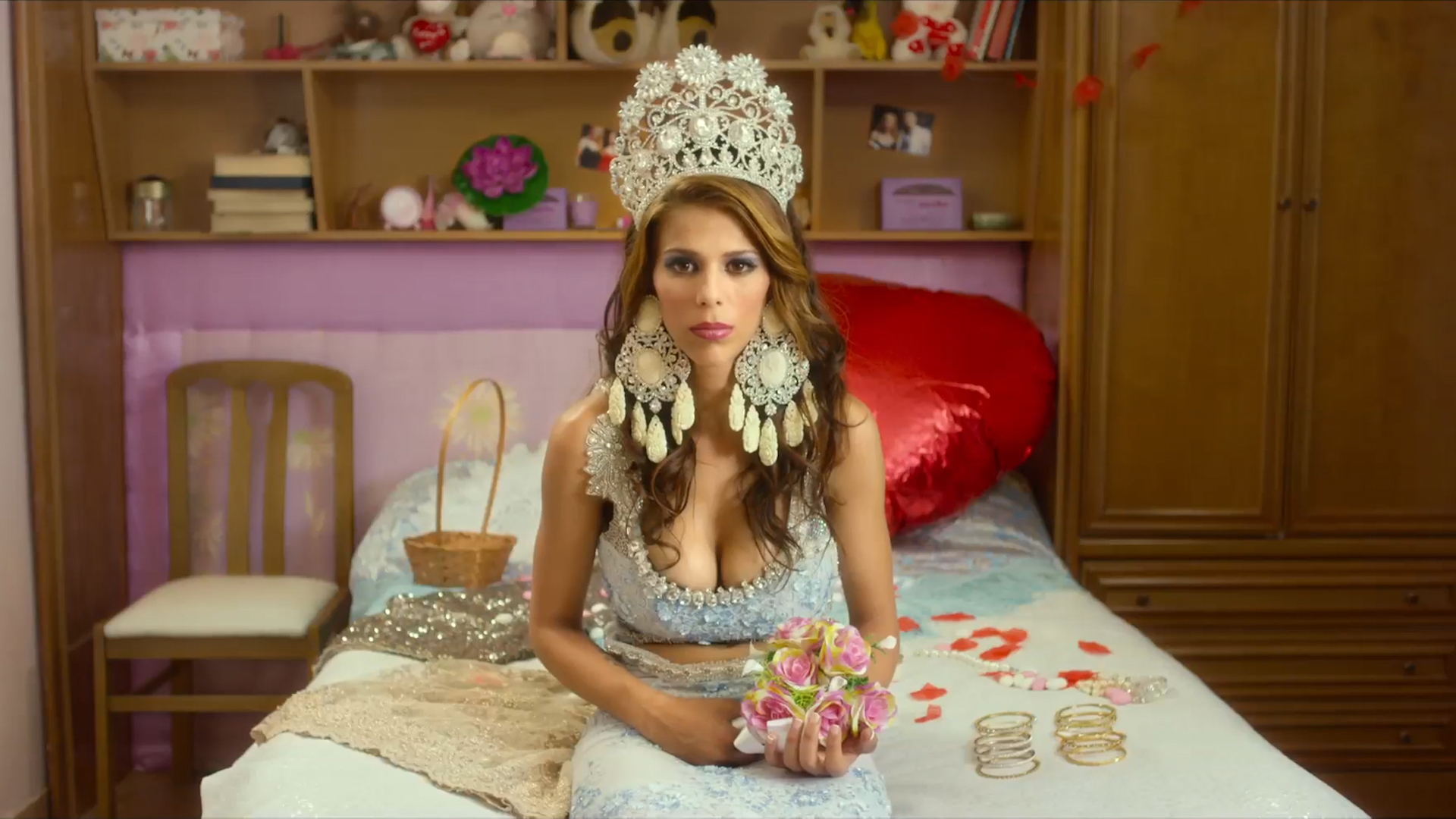
Still from Carmen y Lola, 2018, directed by Arantxa Echevarría, ©Arantxa Echevarría
Reflecting on the significance of costume as a storytelling device for filmmakers in Spain, specifically, the pair point to the country’s political landscape, and the industry changes that arrived after the fall of Francisco Franco’s authoritarian premiership. ‘Spain embraced modernity through cinema. It became a space where the country’s rich folklore, which the nationalist government sought to vindicate, co-existed with representations of contemporary fashion and modern aspirations,’ they tell Wallpaper*. ‘Spain’s role as an international centre for period film production since the 1950s, along with its early use of colour technologies in popular cinema, fostered a highly sophisticated costume design industry. Combining a long tradition of seamstresses with the growing professionalisation of costume design, wardrobe became a visual and metaphorical language of Spanish cinema – a way to express hidden desires and pains; to envision the dreams of a society longing for a more open, creative future.’
‘Through costume, hair, and makeup, we can see how fashion becomes a visual code, especially in times of censorship or social pressure,’ they continue. ‘During the Franco regime (for example), women dressed to make a good impression, or remain invisible. Later, we witness their gradual liberation wearing jeans, as the desire for change and the rise of feminism gained momentum. ‘Resolución’ captures both a psychological shift and its material expression in the body and style of women on screen.’
Receive our daily digest of inspiration, escapism and design stories from around the world direct to your inbox.
'Resolución' is at MoMu in Antwerp until 23 November 2025.
Zoe Whitfield is a London-based writer whose work spans contemporary culture, fashion, art and photography. She has written extensively for international titles including Interview, AnOther, i-D, Dazed and CNN Style, among others.
-
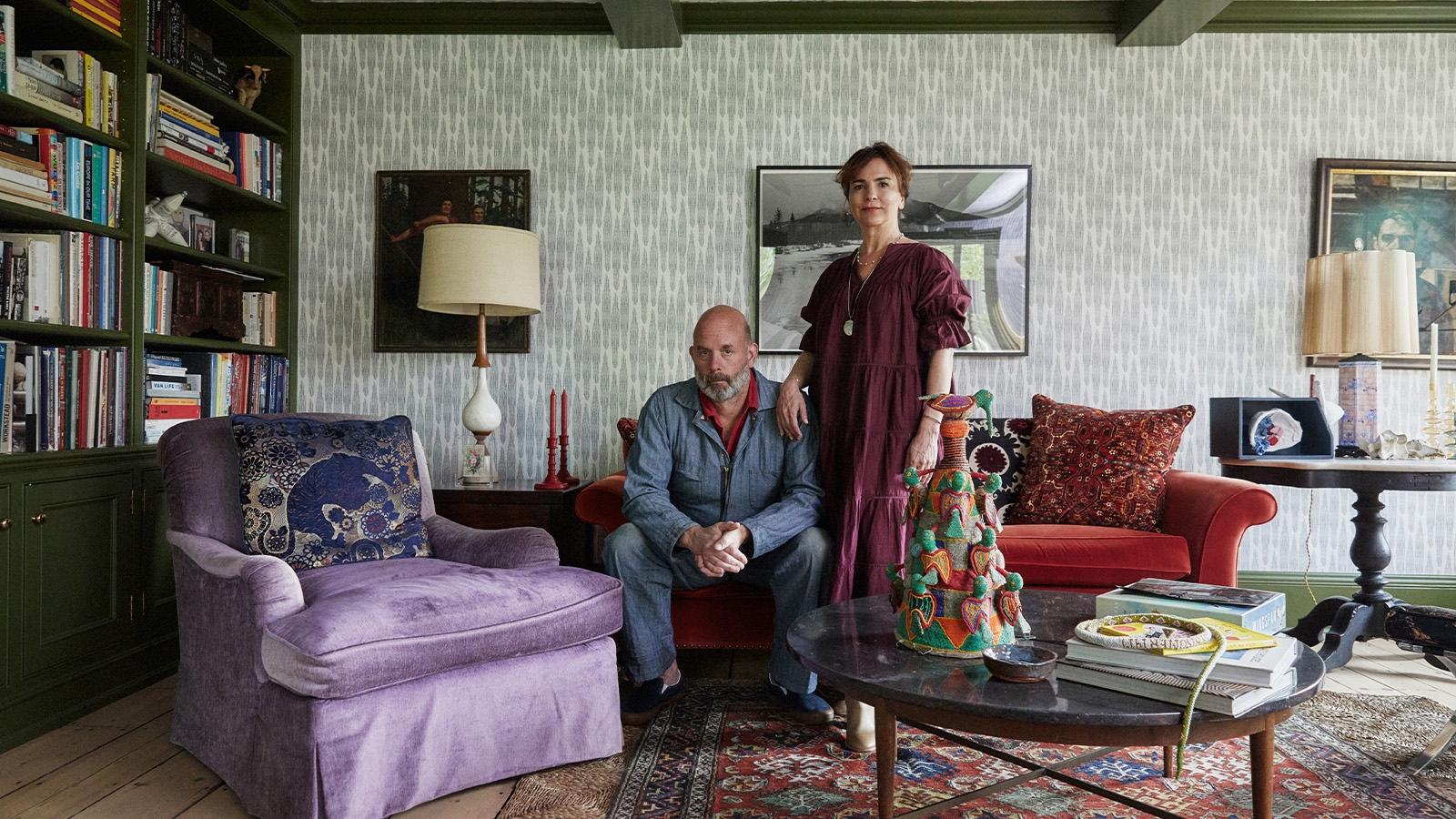 How We Host: Interior designer Heide Hendricks shows us how to throw the ultimate farmhouse fête
How We Host: Interior designer Heide Hendricks shows us how to throw the ultimate farmhouse fêteThe designer, one half of the American design firm Hendricks Churchill, delves into the art of entertaining – from pasta to playlists
-
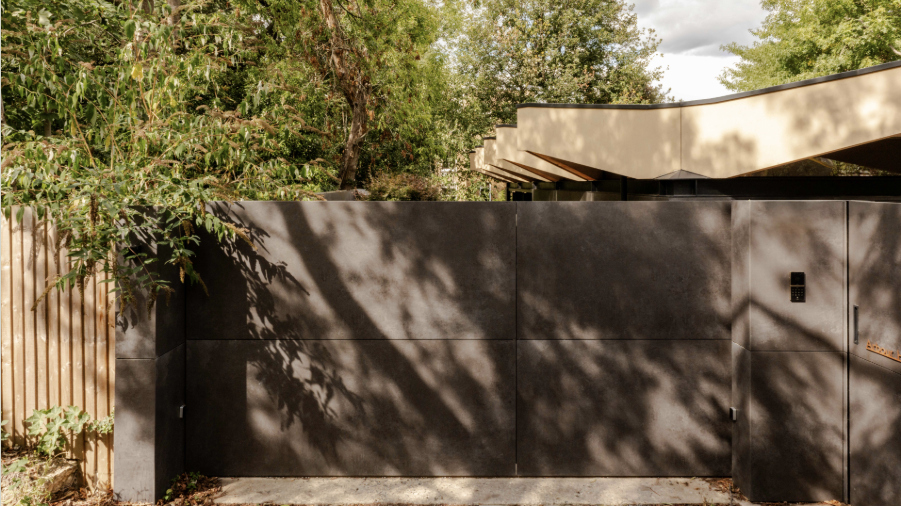 Arbour House is a north London home that lies low but punches high
Arbour House is a north London home that lies low but punches highArbour House by Andrei Saltykov is a low-lying Crouch End home with a striking roof structure that sets it apart
-
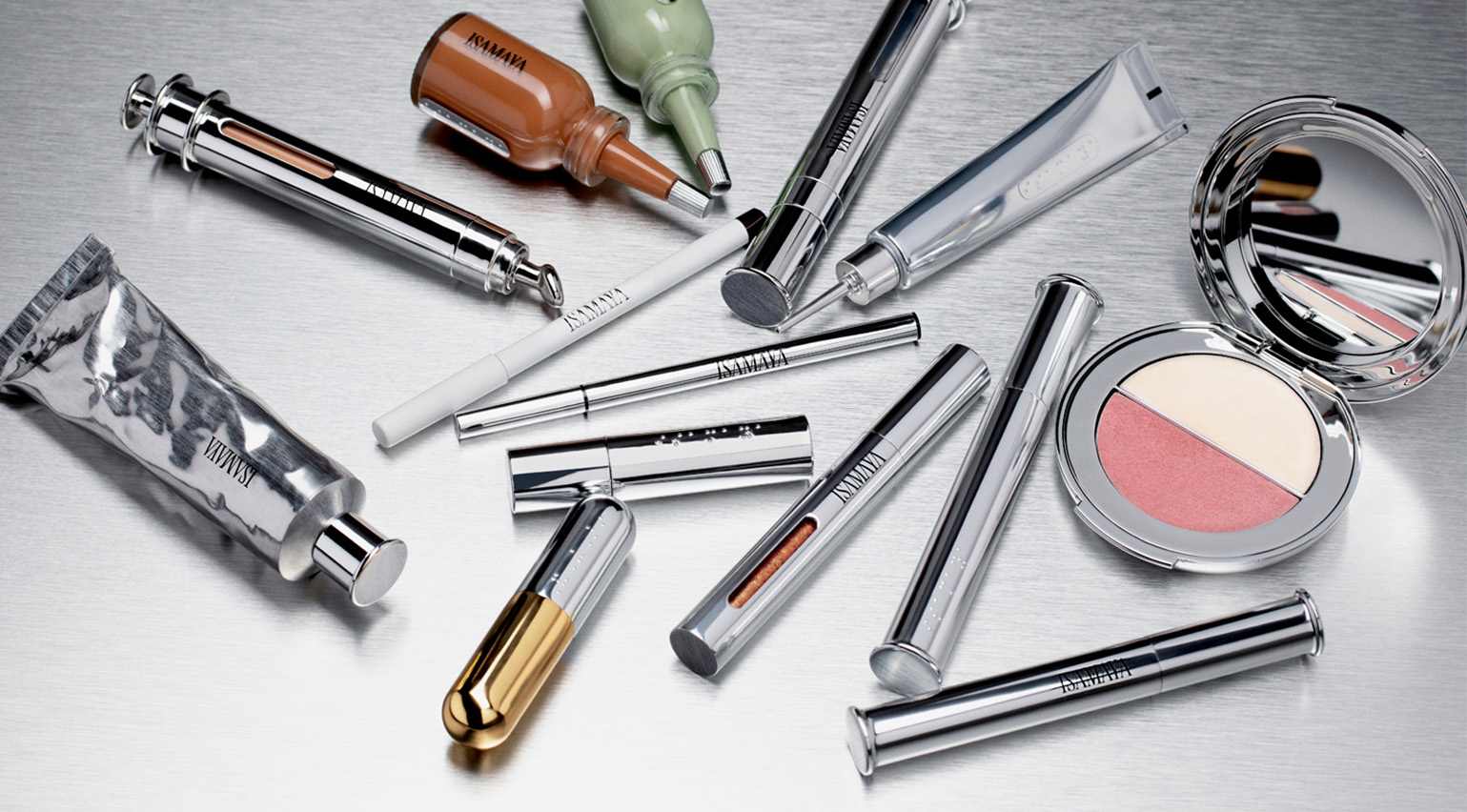 25 of the best beauty launches of 2025, from transformative skincare to offbeat scents
25 of the best beauty launches of 2025, from transformative skincare to offbeat scentsWallpaper* beauty editor Mary Cleary selects her beauty highlights of the year, spanning skincare, fragrance, hair and body care, make-up and wellness
-
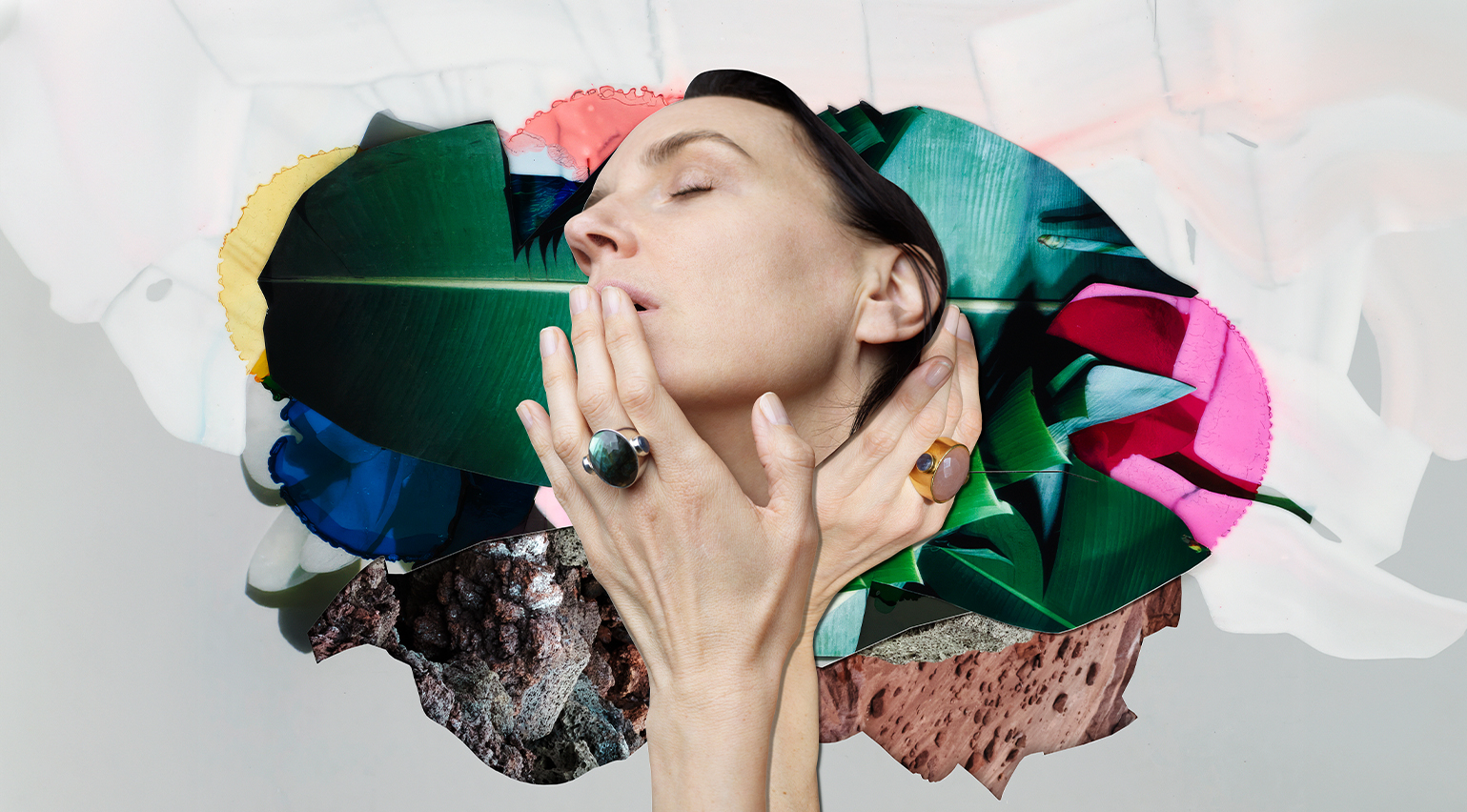 A scented ring? Wouters & Hendrix makes Hannelore Knuts’ dreams come true
A scented ring? Wouters & Hendrix makes Hannelore Knuts’ dreams come trueWouters & Hendrix collaborates with legacy model Hannelore Knuts on L’Issence, a collection of two scented rings. Here, Knuts tells Wallpaper* how they were made
-
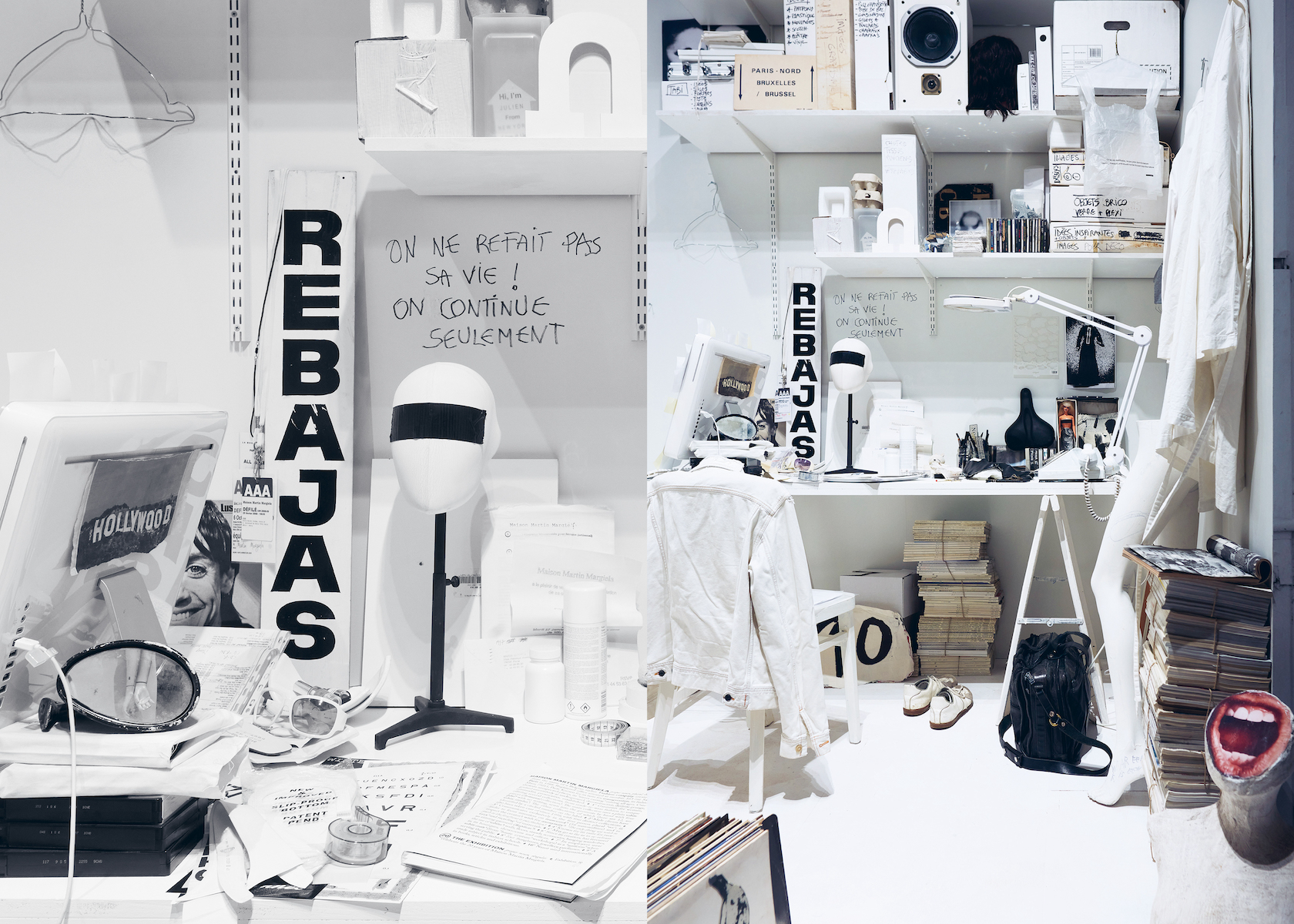 ‘Fashion & Interiors: A Gendered Affair’ at MoMu unpacks the hierarchy of the home
‘Fashion & Interiors: A Gendered Affair’ at MoMu unpacks the hierarchy of the homeThe Antwerp exhibition interrogates the relationship between fashion, interiors and gender through the concept of ‘gesamtkunstwerk’, a complete work of art. Curator Romy Cockx gives Wallpaper* a tour
-
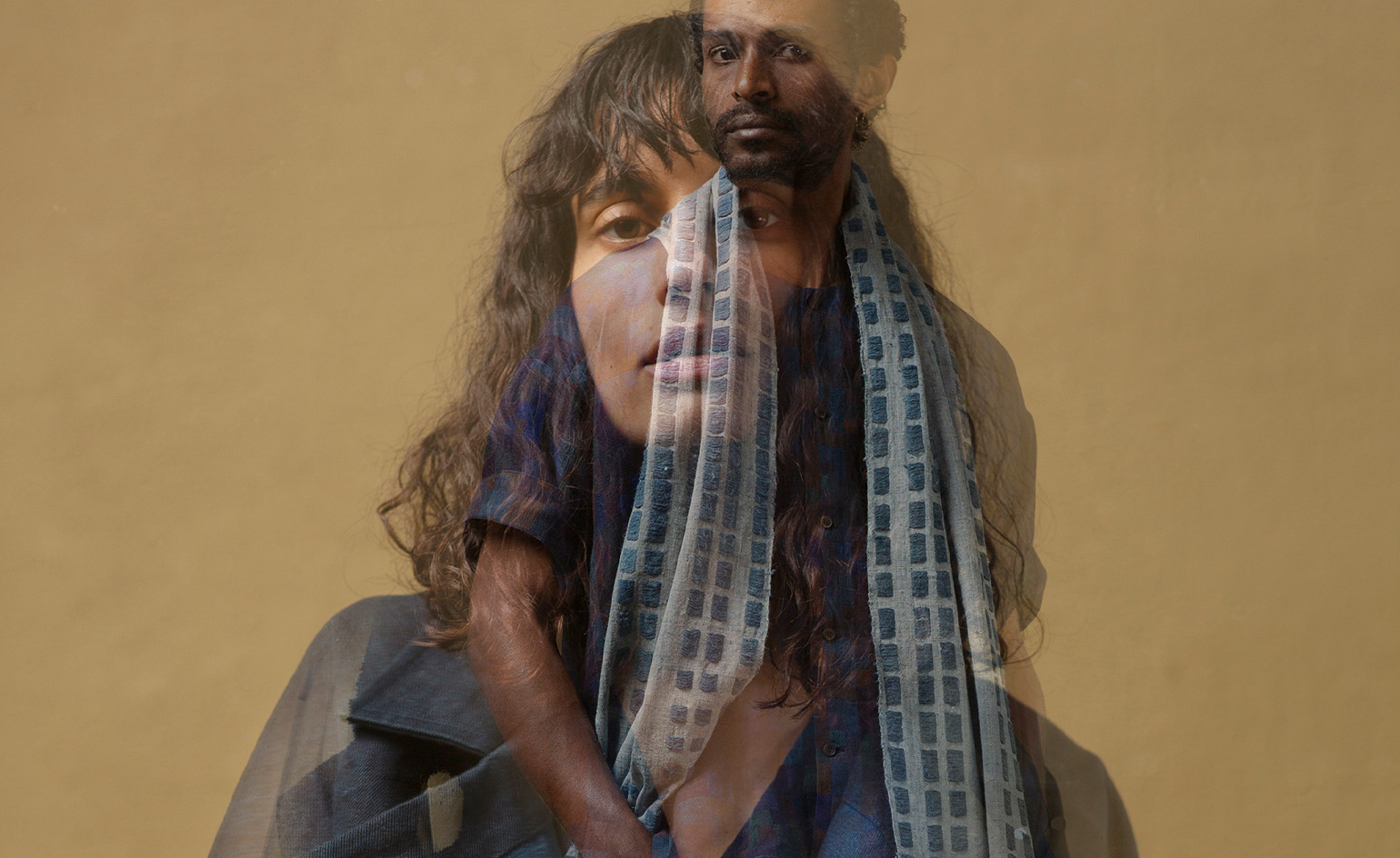 ‘We created our own island’: a new exhibition sees discreet Belgian fashion label Jan-Jan Van Essche step into the spotlight
‘We created our own island’: a new exhibition sees discreet Belgian fashion label Jan-Jan Van Essche step into the spotlightDal Chodha travels to Belgium to meet Jan-Jan Van Essche, the subject of a new exhibition at Antwerp’s MoMu that sheds light on the under-the-radar designer, whose eponymous label marries subtle elegance with extraordinary fabrications